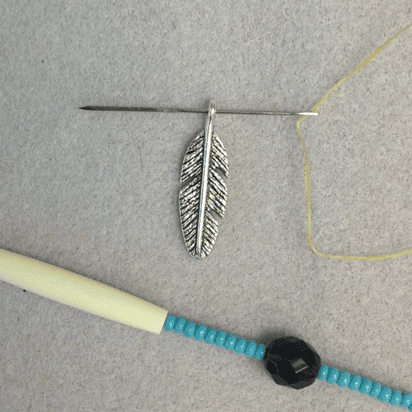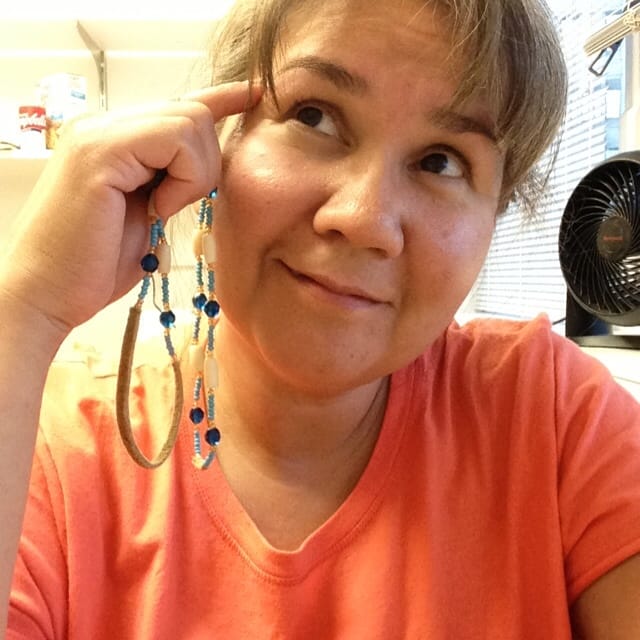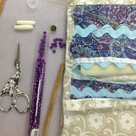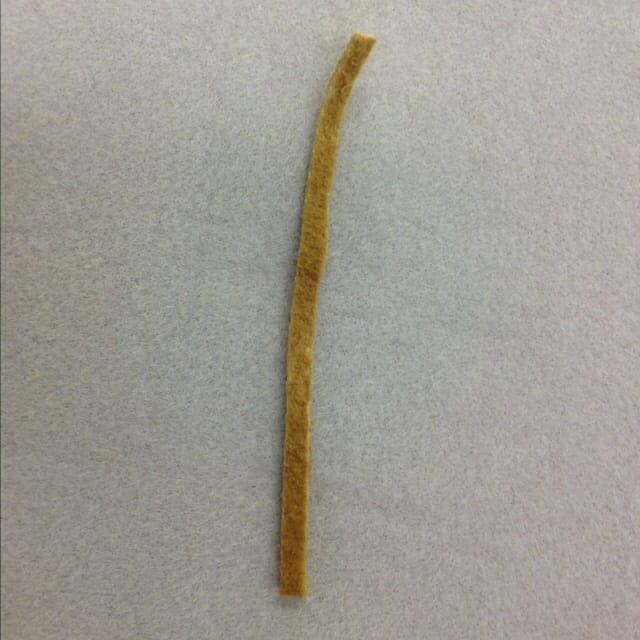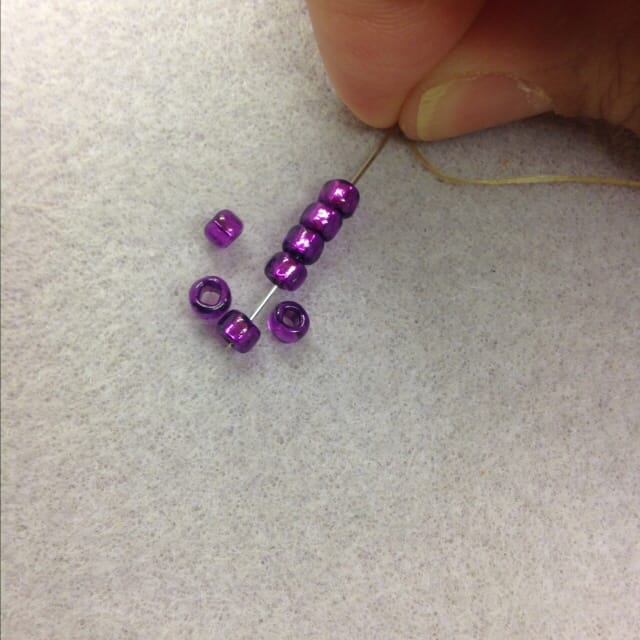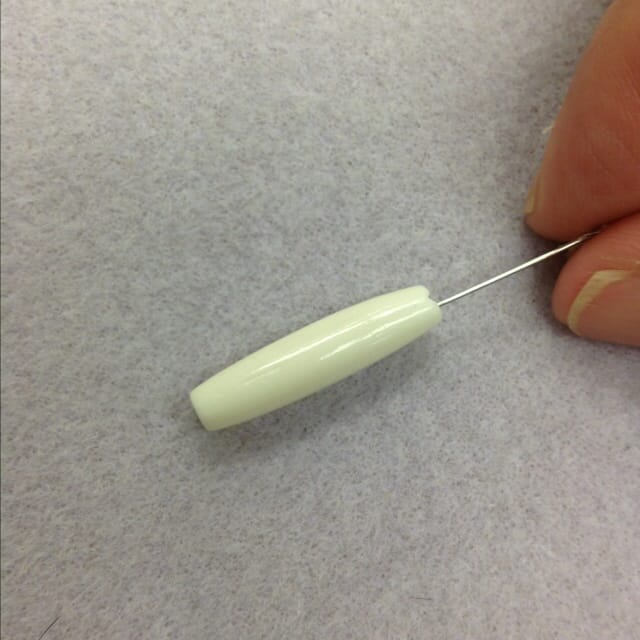ŁINAY'STUŁKAAS DE'
Let's Start Sewing!
As a response to declining language use of Ahtna, this project explored ways of teaching Ahtna Dene Athabaskan to adult second language learners through a traditional beading activity called Łinay’sdułkaas de’ – Let’s start sewing. Beading is a traditional Native activity that incorporates cultural teaching and meaning that promotes healing and well-being. As such, beading can be a fun, social, non-intimidating, and effective tool for language learning. I used ideas from Task-Based Language Teaching-TBLT, Multiliteracies, Funds of Knowledge, Comprehensible Input and Output to explain and support how the Ahtna language can be taught in meaningful and cultural ways.
Connecting Traditional Activities with Native Language Through Task-Based Language Teaching
Beading has always been the activity I wanted to draw on to teach Ahtna. Making items with your hands helps the mind to settle and be calm. Even when the outcome is uncertain, there is an end result. This project results in a necklace consisting of a single row of small, big and long beads on a string. Keeping the initial necklace relative simple allows students to feel successful, because they can complete their item in a short amount of time. The language learning will slow the process down, as students pick up beads by using Ahtna to count and say out loud what they are picking up.
There is a pre-task of learning the names of items that will be used in the necklace, such as thread, needle, leather strap, knot and beads. Short language lessons are taught using discussions, games and problem solving before the construction of the necklace to help students to understand what is being asked of them. The instruction is in the Ahtna language and students themselves must also use language during this process.
There is a pre-task of learning the names of items that will be used in the necklace, such as thread, needle, leather strap, knot and beads. Short language lessons are taught using discussions, games and problem solving before the construction of the necklace to help students to understand what is being asked of them. The instruction is in the Ahtna language and students themselves must also use language during this process.

